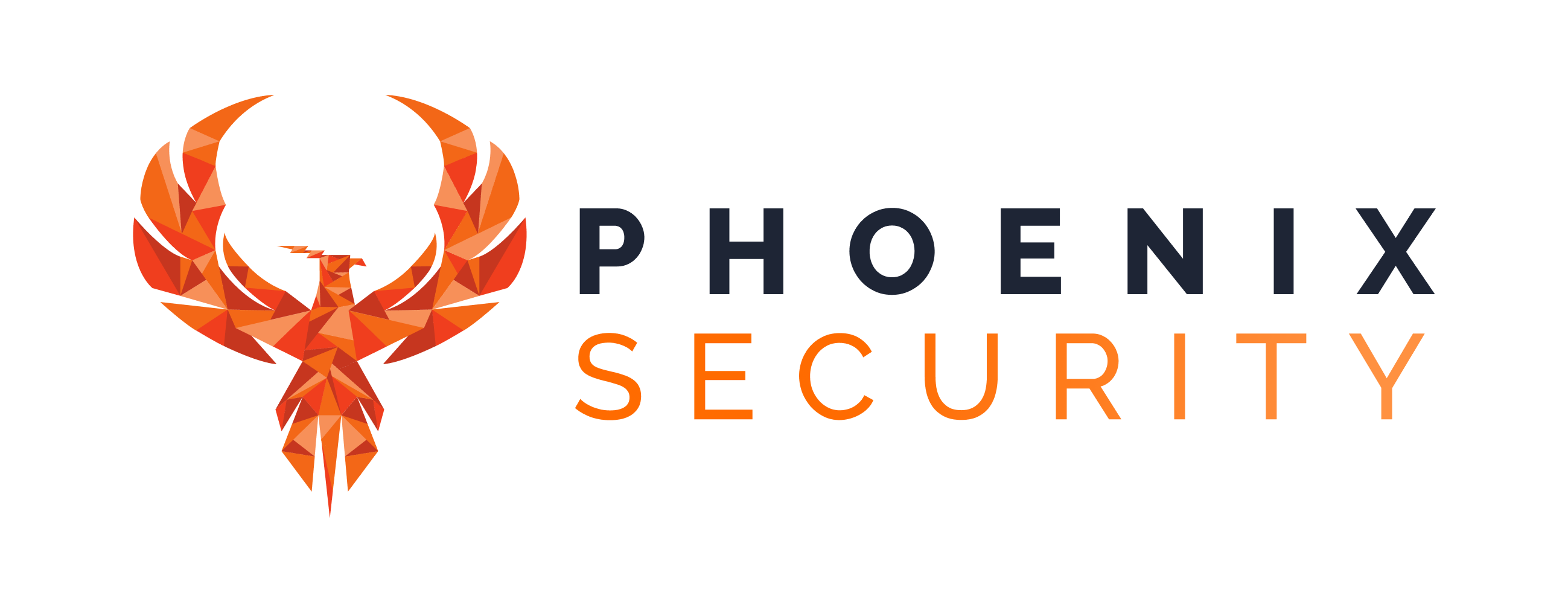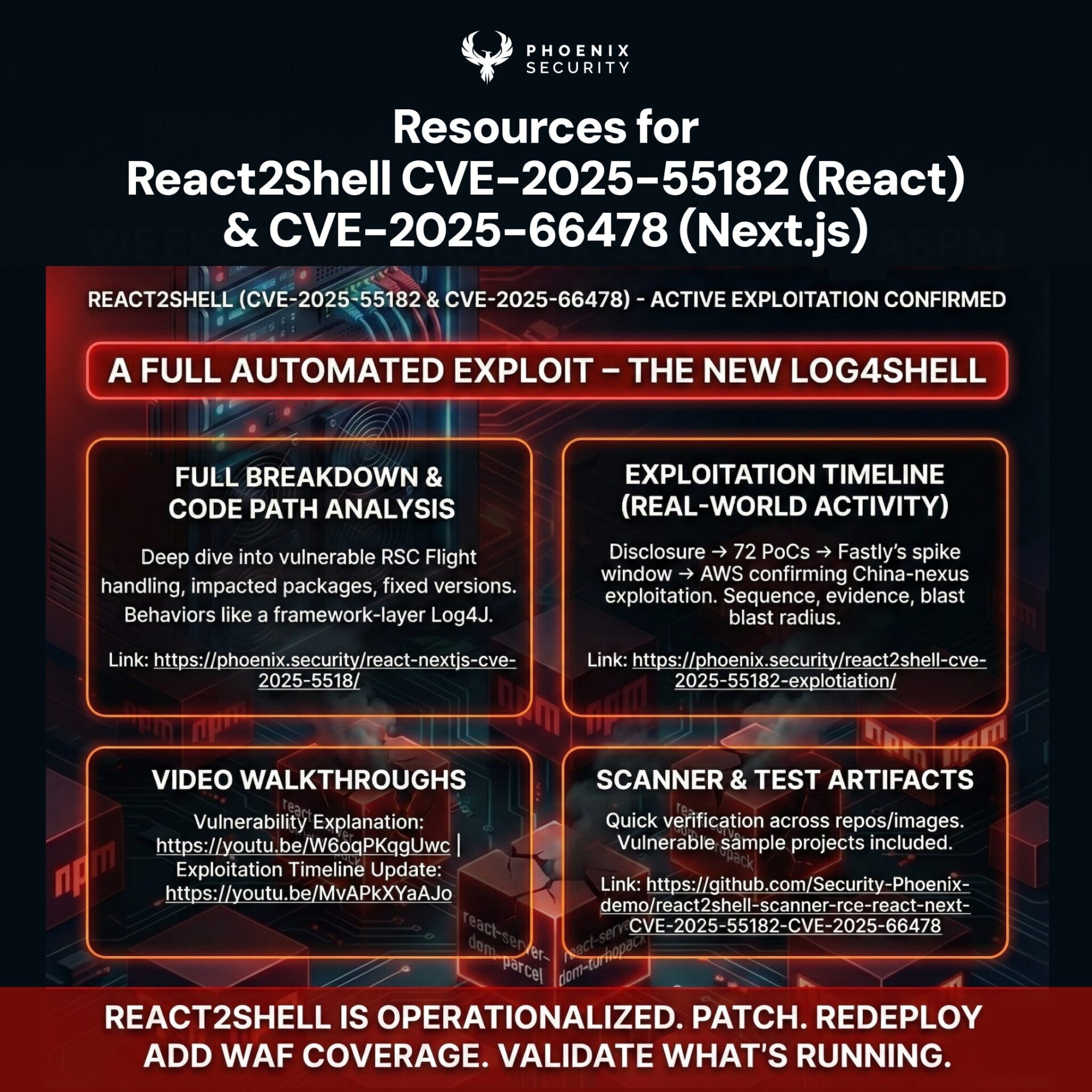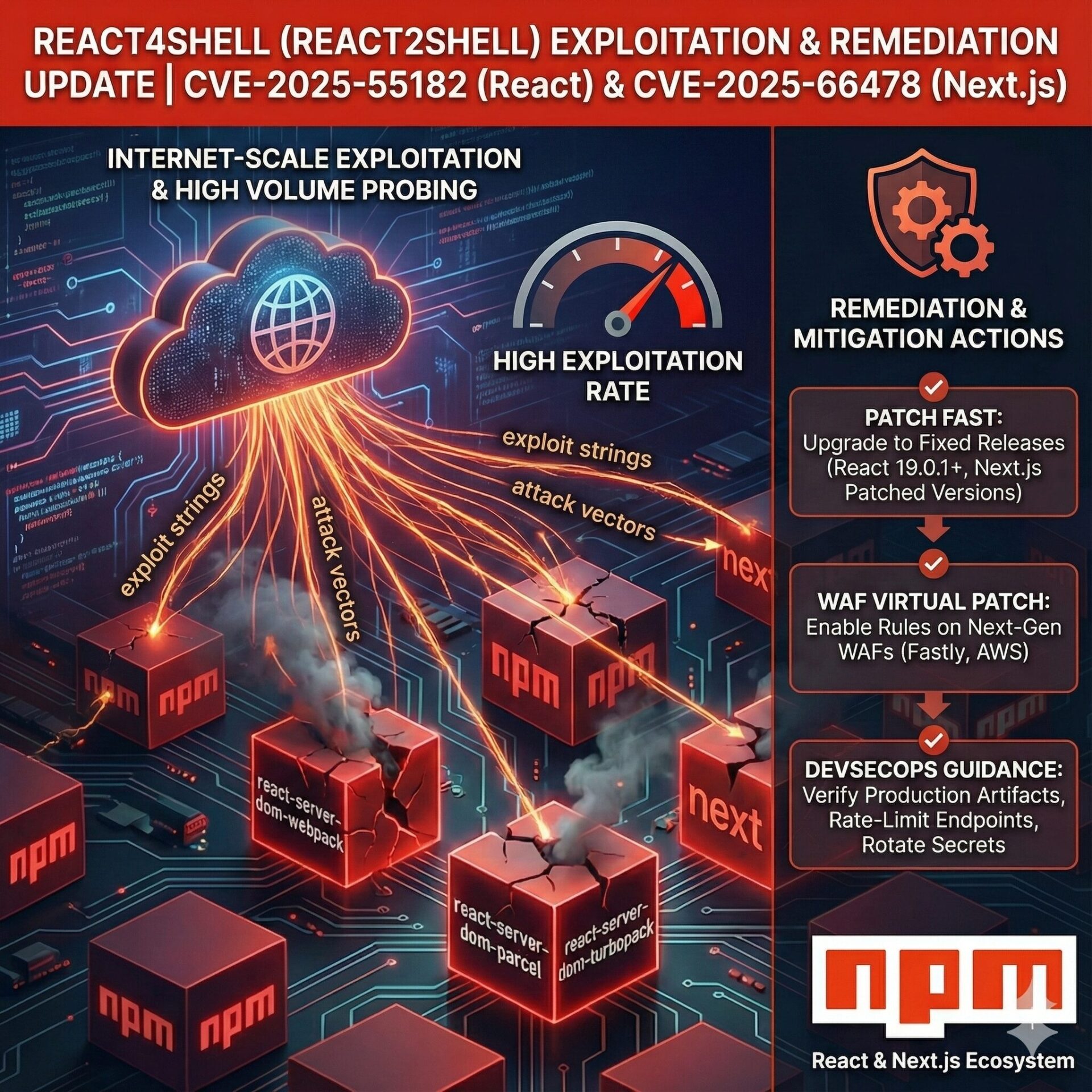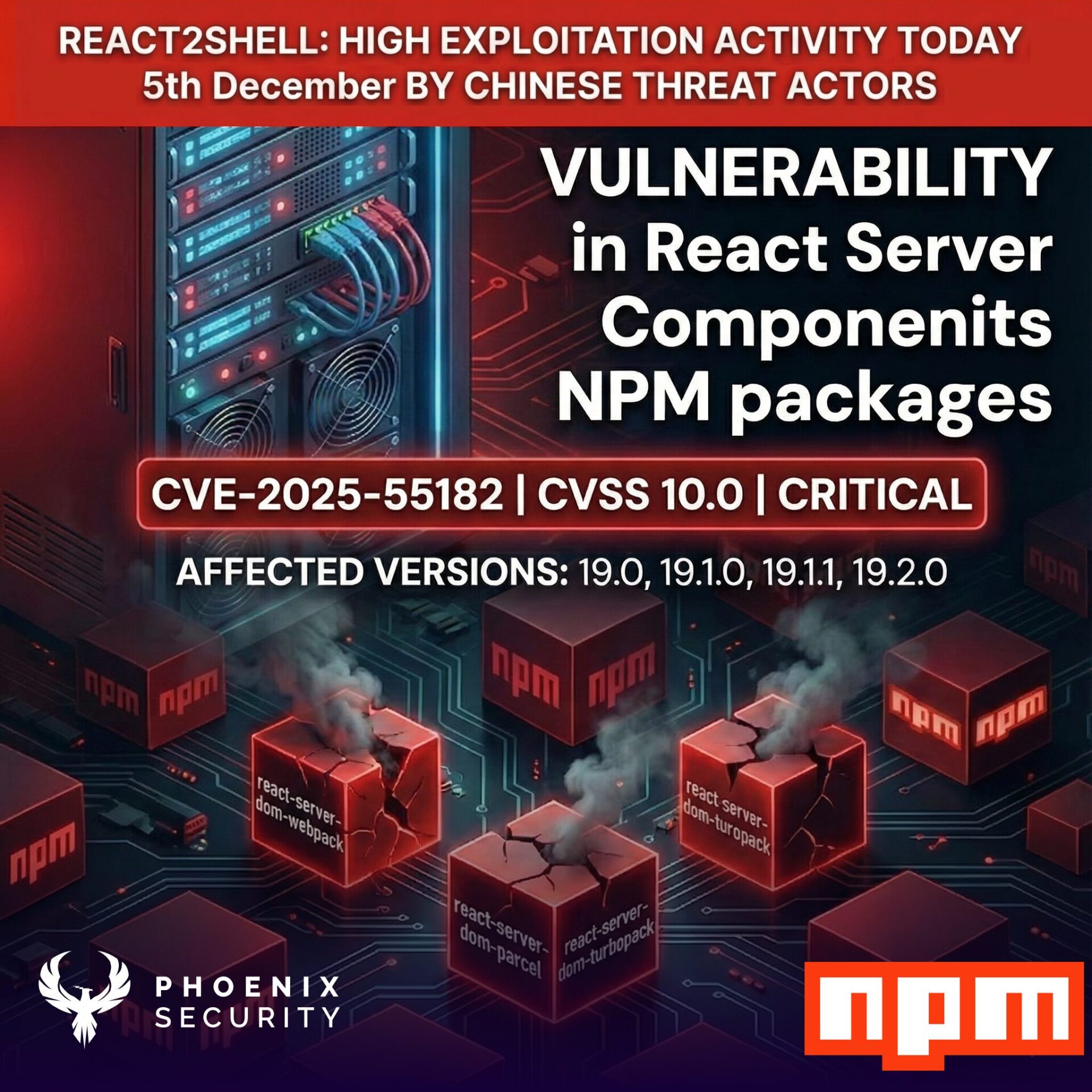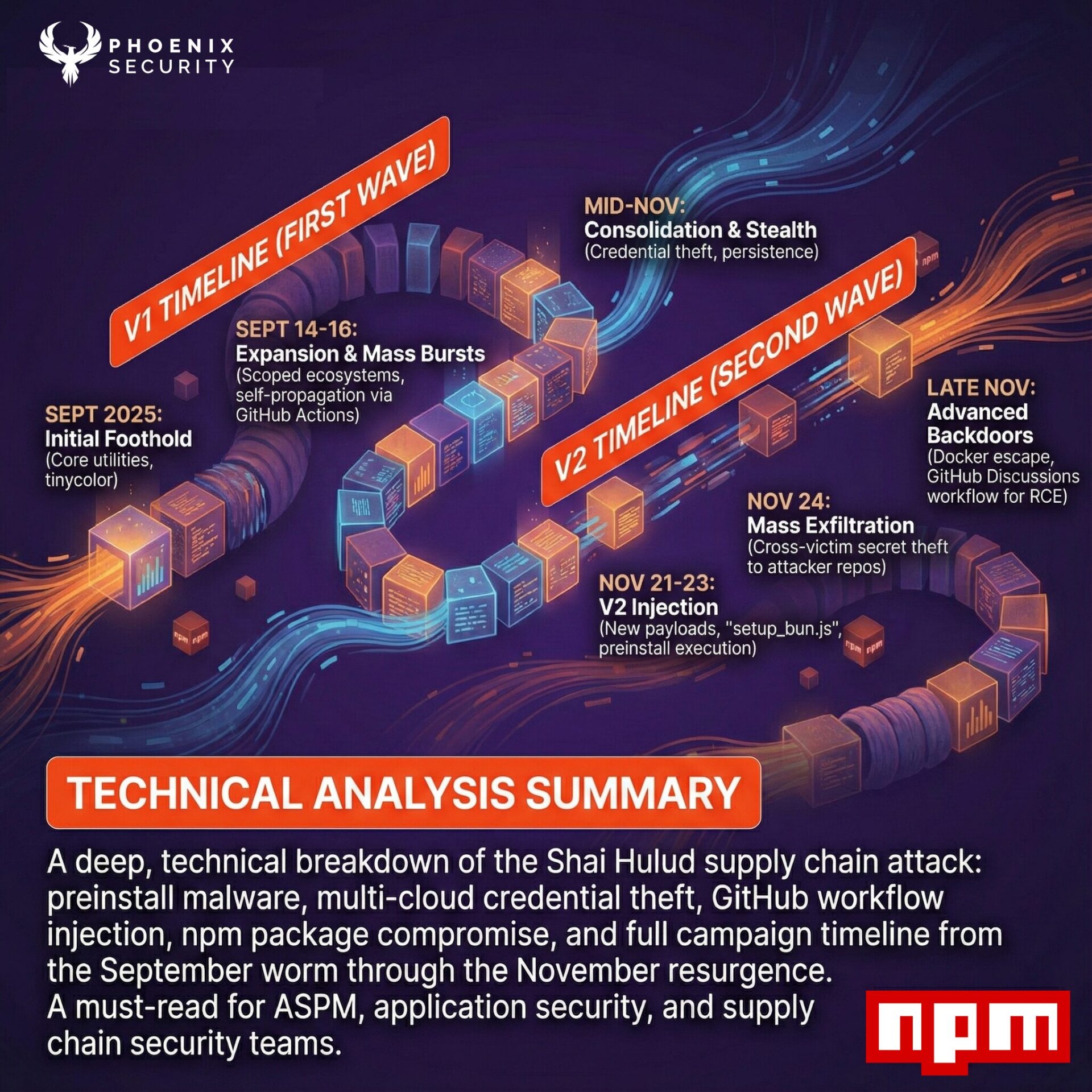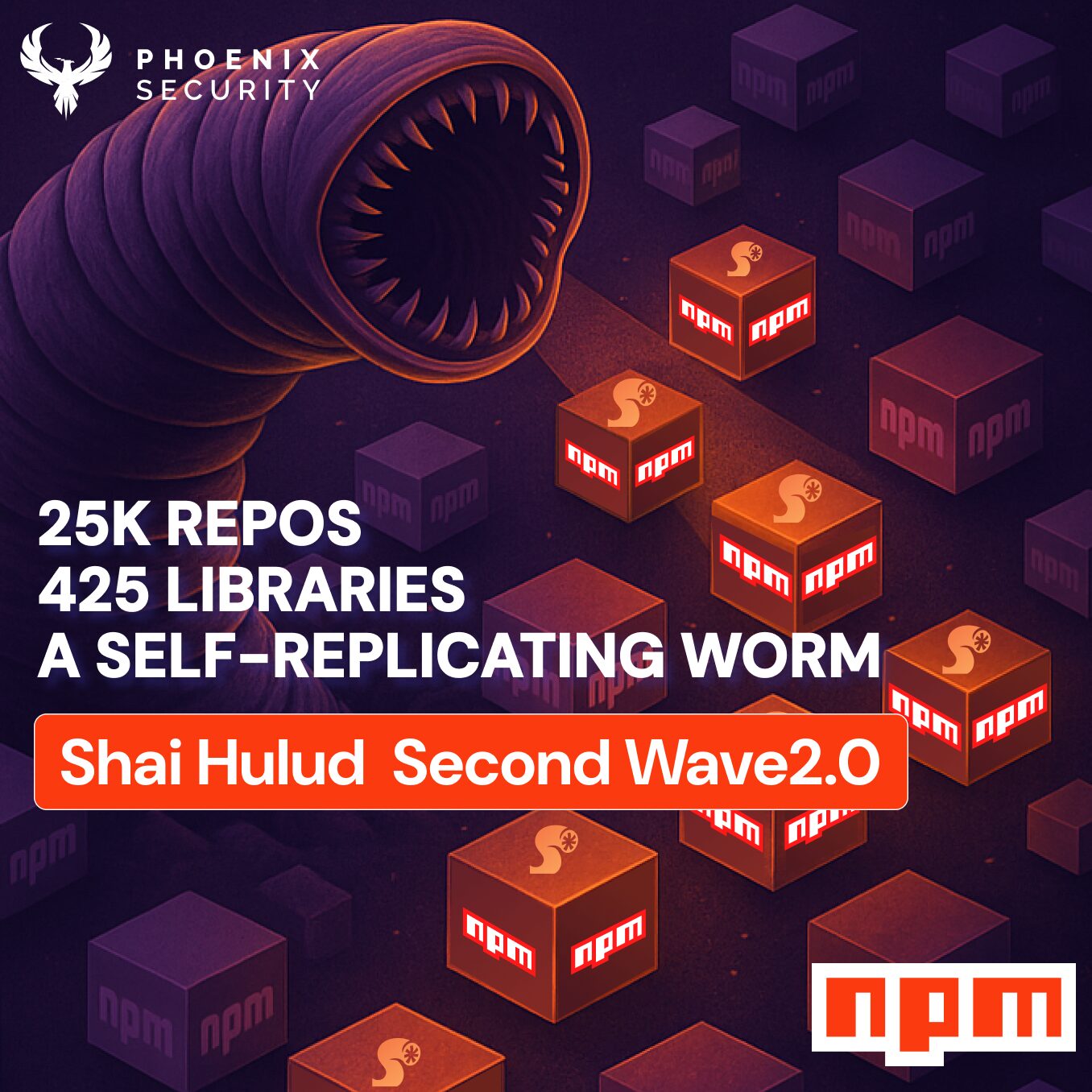Phoenix security ASPM releases the world’s first agentless code 2 cloud container lineage to detect which build file gets built and run where, and reduce fatigue on vulnerabilities in Open Source / SCA and Container up to 98% with cases in Application Security like Clearbank, ias, and Bazaar Voice. Check out the full release: https://phoenix.security/phoenix-security-release-june-3-28/
Let’s be real: scanning containers for vulnerabilities today is like trying to drink from a firehose while wearing blackout goggles. You get millions of SCA alerts, half of which are in libraries you’re not even using. Worse? Many of those containers aren’t even running.
You’re drowning in data, but no closer to fixing what matters.
That’s where the new Container Lineage and Throttling capabilities from Phoenix Security flip the script.
From Build to Runtime: Contextual Deduplication Meets Lineage
If you’re in application security or vulnerability management and are still looking at vulnerabilities in isolation—say, by CVE ID or generic EPSS score—you’re missing the bigger picture. Phoenix Security ASPM’s approach starts by linking build files to the containers they end up in, using its Contextual Deduplication (a.k.a. contextual reachability analysis).
This lets us:
- Identify which open-source libraries are truly reachable in runtime.
- Attribute each vulnerability to the actual container image it shipped with.
- Cut through the noise of “ghost vulnerabilities” in code paths that never execute.
Pair that with Container Lineage—our ability to track which container image is running where, on what node, and from which registry—and now you’ve got a living, breathing dependency map that’s finally rooted in reality.
📌 More on contextual deduplication
📌 How we link EPSS to reachability
📌 Full overview of our reachability engine
Introducing: Container Lineage, bringing together Throttling and Contextual Reachability analysis
We didn’t stop at lineage; we wanted to improve the full lifecycle of the ASPM platform to improve the lives of vulnerability management and application security professionals.
Once we know which containers are running—and which are not—we can automatically suppress vulnerabilities in inactive images.
This is what we call Container Throttling:
- Images with no active nodes are dynamically de-prioritized.
- Inactive containers are kept in view but don’t generate noise.
- Phoenix keeps the latest X images active by default to cover new deployments while trimming the fat.
One customer described it as “turning off the shouting match in our SCA backlog.”
Here’s how it works: Phoenix Security traces each container back to its image, base version, running version, registry, and node. It knows which image is active, which ones are idle, and which nodes are still running that code.
This is extremely important in ASPM; it takes hours to reconstruct, especially if you have distributed teams.
Let’s say your registry contains 88,000 container images, but only a few hundred are actually deployed, and fewer again run from a specific registry. Container lineage lets you deactivate the noise. You can throttle old images, knowing they’re not running in production, and Phoenix will always keep the latest image active for patching and release workflows.
The Numbers Don’t Lie: Container Lineage Use Cases in the Wild
Let’s talk results for ASPM, where —not fluff. Here’s how real organizations are benefiting:
✅ Retail Tech Platform Bazaar Voice
- Container Lineage & Throttling brought the vulnerable container down by 87%.
- $269K in dev time saved, not wasted triaging dead assets.
- Contextual deduplication revealed OSS Vulnerabilities down 97% from container and code
- That alone saved $4.1M in dev time.
✅ Fintech Bank
- Container throttling led to a 98% reduction in reported container vulnerabilities.
- Estimated $15M in dev time savings from ignoring non-running assets.
- Over a year, saw a 96–99% reduction in critical alerts.
- Weekly time savings equivalent to 2.6M in dev costs.
✅ AdTech Enterprise
- Shrunk from 78% reduction with container throttling.
- 82% reduction of container false positives fixable only in code
- Total of $1.7M saved in dev analysis time.
Why This Changes the Game for DevSecOps
Application Security and Dev teams don’t fail because of a lack of data—they fail due to a lack of attribution.
Phoenix Security maps vulnerabilities with precision:
- Asset ownership – Who owns the fix
- Deployment location – Where it’s actually running
- Exposure – Is it internal, DMZ, or internet-facing?
- Business impact – Is this mission-critical or background noise?
Combined with code-to-cloud traceability, this lets teams prioritize what truly matters—and dynamically turn off noise in inactive containers or unreachable code.
A New Foundation for ASPM and Vulnerability Management
This isn’t a shiny dashboard or another “AI engine.”
It’s the missing operational bridge between security data and developer action—something every enterprise struggles with.
The Phoenix Security ASPM platform:
- Knows what’s running.
- Knows where vulnerabilities live.
- Knows who owns them.
- Knows which ones can be ignored—today.
With this, you don’t just manage vulnerabilities. You remediate the right ones, at the right time, in the right place.
Ready to Slash the Noise?
If you’re tired of chasing vulnerabilities that don’t matter—or worse, don’t even exist in runtime—Phoenix Security’s Container Lineage, Contextual Deduplication, and Throttling features are built to cut your backlog down to what’s real.
Not noise. Not theory. Actionable security.
📍 Want to dive deeper?
How Phoenix Security Can Help with Container Vulnerability Sprawl

Application Security and Vulnerability Management teams are tired of alert fatigue. Engineers are buried in vulnerability lists that say everything is critical. And leadership? They want to know what actually matters.
Phoenix Security changes the game.

With our AI Second Application Security Posture Management (ASPM), powered by container lineage, contextual deduplication, and container throttling, we help organizations reduce container false positives up to 98% and remove up to 78% of false positives in container open source libraries, pointing the team to the right remediation
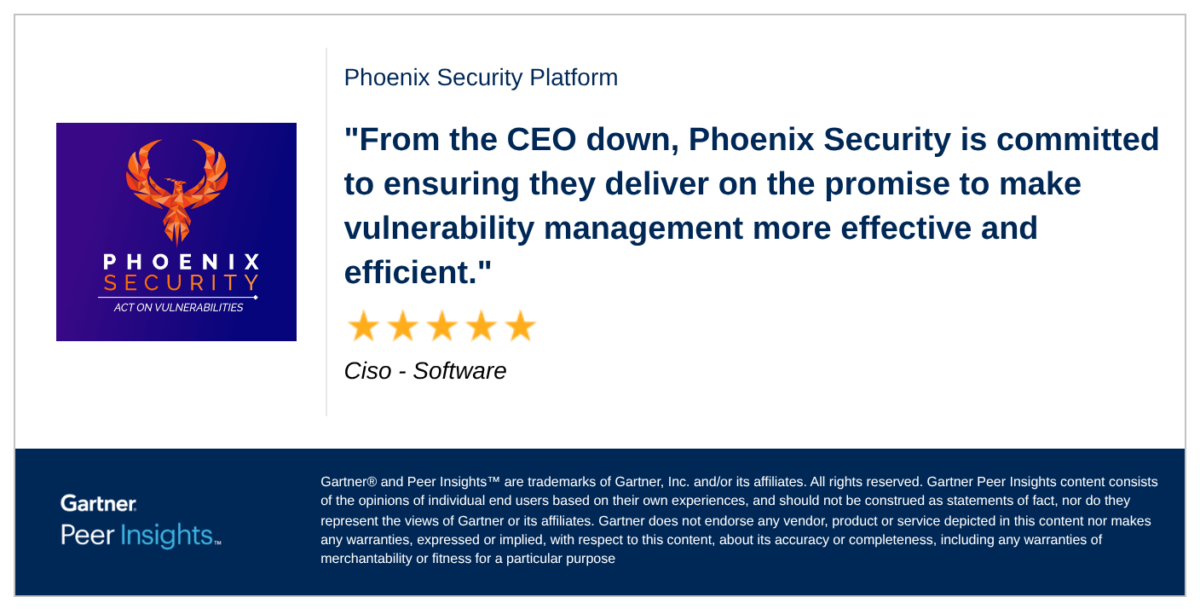
Why Container Lineage Matters:
Most platforms tell you there’s a problem. Phoenix Security tells you:
- Where it lives (code, build, container, cloud)
- Who owns it
- If it’s running
- If it’s exploitable
- How to fix it
All of this is delivered in one dynamic, prioritized list, mapped to the real attack paths and business impact of your applications.
Here’s What You Get:
- Contextual Intelligence from Code to Runtime: Understand which vulnerable components are actually deployed and reachable in production, not just listed in a manifest.
- Noise Reduction with Automated Throttling: Disable inactive container alerts and slash duplicate findings by over 90%, letting your team focus on the vulnerabilities that matter.
- 4D Risk Scoring That Maps to Real-World Threats: Built-in exploit intelligence, Probability of exploitation, EPSS, exposure level, and business impact baked into a customizable formula. No more CVSS-only pipelines.

Vulnerability overload isn’t a badge of diligence—it’s a liability.
Container lineage in Phoenix Security helps you shut down false positives, stop chasing ghosts, and start solving the right problems.
Or learn how Phoenix Security slashed millions in wasted dev time for fintech, retail, and adtech leaders.
